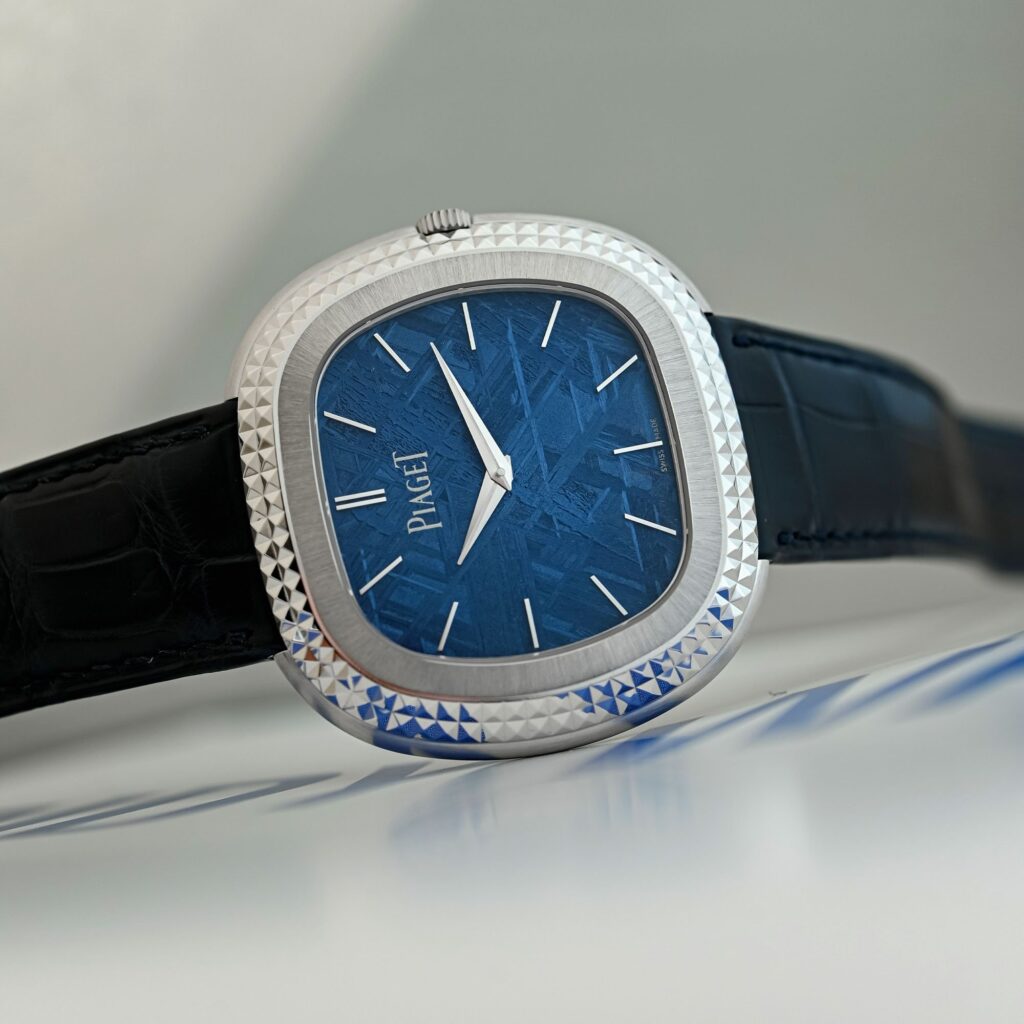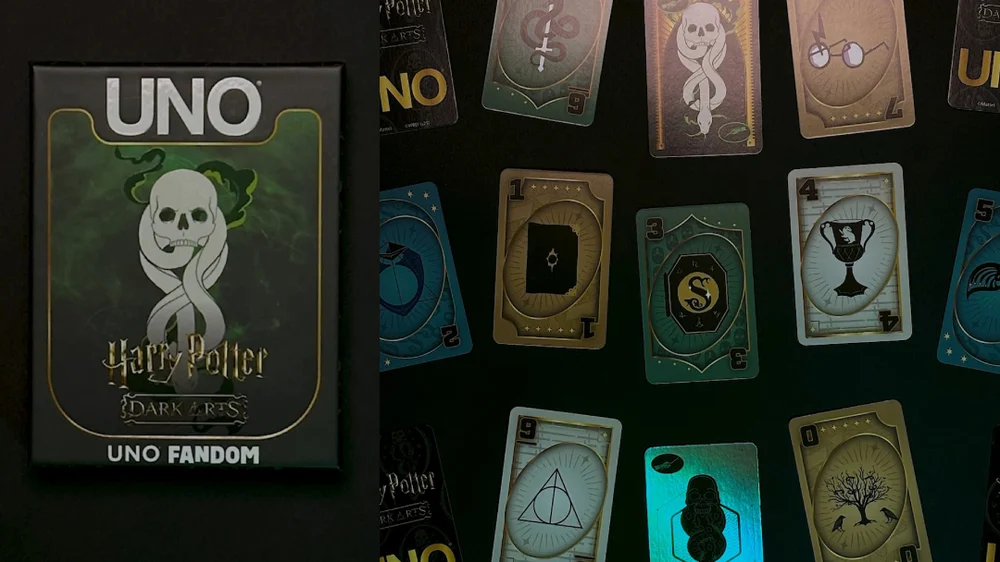The recent unveiling of the Piaget Andy Warhol Clou de Paris watch has sparked significant conversation among watch enthusiasts, art lovers, and collectors. Officially renamed after the influential American artist, Piaget’s Black Tie collection now carries a design crafted to bridge the worlds of luxury horology and pop art. As a celebration of Warhol’s bold aesthetic, the watch combines high art with meticulous craftsmanship, producing an accessory that speaks to the legacy of both icons.
Piaget has long been known for its innovation and elegance, building a reputation on refined designs and an artisanal approach to watchmaking. By incorporating Warhol’s name into its Black Tie collection, Piaget taps into an artistic legacy renowned for challenging convention and celebrating individuality. Warhol, who famously said, “Art is what you can get away with,” brought elements of everyday life into the artistic spotlight, breaking down traditional boundaries. This partnership signifies an attempt by Piaget to channel Warhol’s boundary-pushing creativity while retaining the sophisticated DNA of their brand.
The Clou de Paris motif, a small, pyramid-like pattern traditionally associated with precision and architectural finesse, takes center stage in this design. The pattern brings a tactile depth to the dial, offering a tactile dimension that echoes Warhol’s layering techniques. The result is a watch that doesn’t merely serve as a timepiece but as an emblem of aesthetic daring—designed to be appreciated as a miniature work of art on the wrist.
One of the major talking points about the Andy Warhol Clou de Paris watch is its detailed design. The Clou de Paris motif covers the dial with a series of engraved, miniature square pyramids, lending the watch a structured, almost architectural feel. This motif complements the Black Tie collection’s classic round shape, though it diverges from traditional Piaget simplicity by adding a layer of visual intrigue. The geometric precision nods to the architectural and repetitive aspects of Warhol’s work, especially his fascination with structured patterns in series.
Despite this, some critics may argue that the design is more symbolic than representative of Warhol’s ethos. Warhol’s art often thrived on stark contrasts, vibrant colors, and a spirit of rebellion—elements not overtly present in the monochromatic Clou de Paris design. Instead, Piaget’s approach seems restrained, focusing on texture and subtlety rather than the vibrant, outspoken designs Warhol was known for. Here, the watch teeters between tribute and reinterpretation, inviting questions about the effectiveness of its homage to Warhol.
The Piaget Andy Warhol Clou de Paris watch embodies a trend in the luxury market where brands align with famous artists to draw cultural cachet. By associating itself with Warhol’s name, Piaget not only connects with art lovers but also attracts those who appreciate the cultural weight that comes with the artist’s legacy. However, while this might increase the watch’s appeal to certain segments of collectors, it does risk being perceived as a branding tactic, a way to add art-world prestige without deeply integrating Warhol’s rebellious spirit.
On the flip side, Warhol himself might have approved of this cross-disciplinary approach. Known for his own love of luxury and the finer things in life, he was often seen with Piaget timepieces on his wrist. Warhol’s lifestyle, marked by an embrace of high society and exclusivity, does align with the luxury positioning of Piaget. The Clou de Paris watch, therefore, could be seen as a respectful nod to Warhol’s affinity for elite aesthetics.
The Clou de Paris model continues Piaget’s tradition of blending classic elegance with nuanced design choices. The Black Tie collection, renowned for understated sophistication, remains the backdrop for this special edition. However, while it upholds Piaget’s commitment to quality, the Warhol rebranding is a notable shift that pushes the line into an arena of high-art association. This is not the first time Piaget has ventured into creative partnerships, yet the Warhol edition marks one of its most direct tributes to an artist who was, himself, an icon of style.
Piaget has smartly retained the collection’s essence, using the Clou de Paris texture as a refined medium that doesn’t overpower the classic Black Tie silhouette. The simplicity of the watch’s shape combined with the intricate motif ensures that while it bears Warhol’s name, it remains quintessentially Piaget. This is a timepiece that sits comfortably on the wrist of a collector who appreciates the fusion of art and tradition, allowing both worlds to coalesce without one overshadowing the other.
In a world where connection between luxury brands and artists are increasingly common, the Piaget Andy Warhol Clou de Paris watch sets itself apart with a thoughtful, albeit conservative, approach. It’s an accessory that speaks not only to the wearer’s appreciation for fine craftsmanship but also to a reverence for the art world’s most transformative personalities. For some, this timepiece will be a cherished homage to Warhol’s legacy; for others, it may seem a subtle nod, lacking the boldness that defined the artist.
No comments yet.








